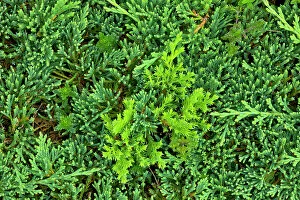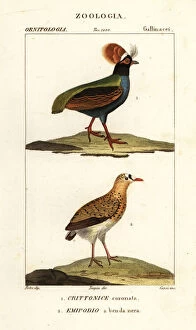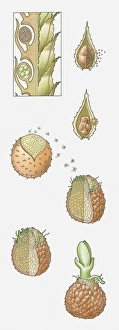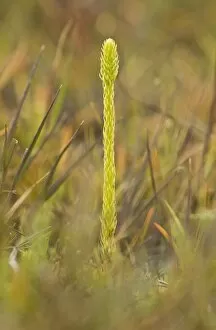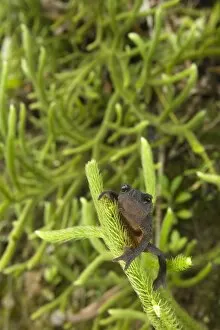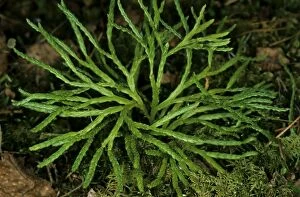Clubmoss Collection
Clubmoss, also known as Lycopodium clavatum, is a fascinating plant that can be found in various locations around the world
All Professionally Made to Order for Quick Shipping
Clubmoss, also known as Lycopodium clavatum, is a fascinating plant that can be found in various locations around the world. One such place is Brackley Beach Prince Edward Island National Park in Canada. Here, amidst the stunning landscapes of Prince Edward Island, clubmoss thrives and adds to the natural beauty of the area. In this enchanting park, you may come across crested partridges and buttonquails roaming freely among the lush greenery where clubmoss grows abundantly. The alpine regions are particularly favorable for these unique plants to flourish. One specific type that stands out is called ground pine or Lycopodium clavatum. Its vibrant green color and delicate leaves make it a sight to behold during springtime when it carpets the forest floor with its beauty. Another captivating variety is stag s-horn clubmoss, which shares similarities with ground pine but possesses distinctive characteristics. With its branching stems resembling antlers, this species truly captivates nature enthusiasts who stumble upon it on their explorations. The life cycle of Selaginella sp. , a heterosporous clubmoss, showcases an intricate process illustrated through detailed drawings. This depiction allows us to appreciate how these plants reproduce and continue their existence throughout generations. Beyond Canada's borders lies Washington State's Olympic National Park - home to yet another breathtaking display of club mosses. As you venture into Hoh Rainforest within this park, you'll witness mesmerizing views along roads lined with these magnificent plants that create an ethereal atmosphere unlike any other. Whether at Brackley Beach or Olympic National Park, encountering clubmoss provides a glimpse into nature's wonders and reminds us of its resilience and adaptability in diverse environments worldwide. So next time you find yourself surrounded by these botanical marvels while exploring forests or national parks, take a moment to appreciate their contribution to our planet's biodiversity.



